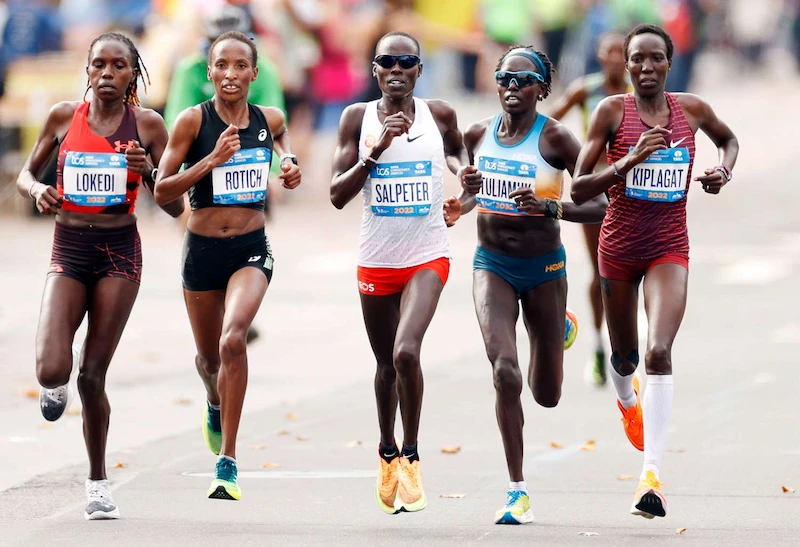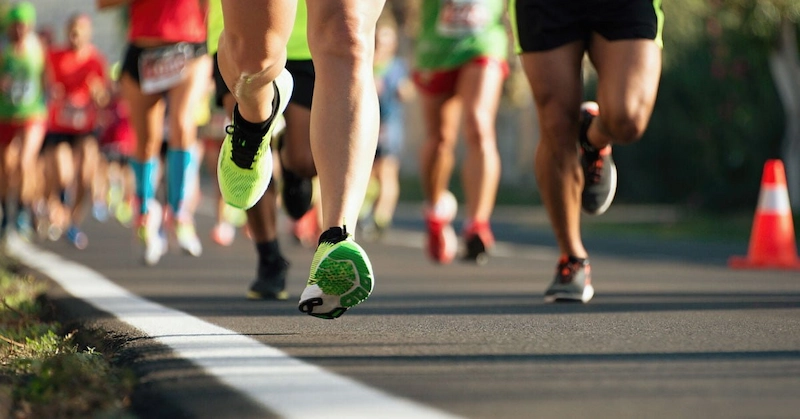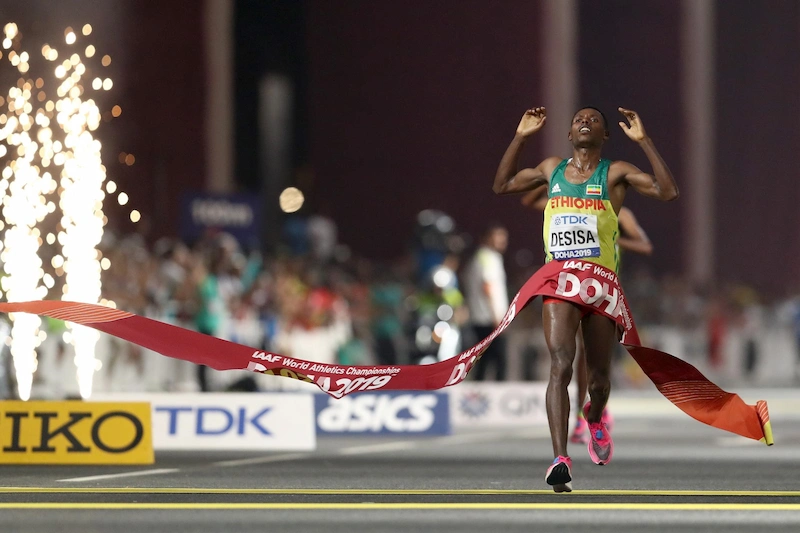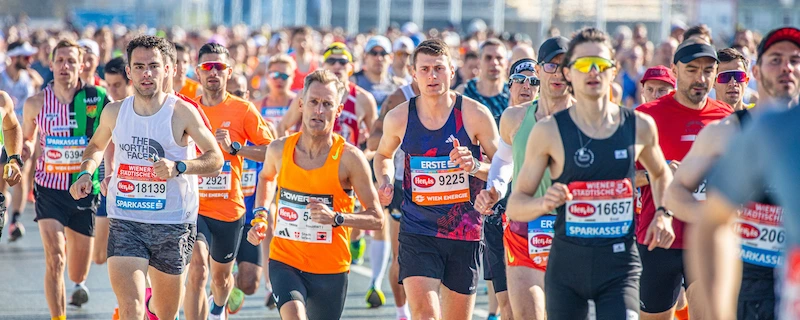Marathon is one of the most popular sports, with the participation of many athletes and no age limit. What is a Marathon? Like other running sports, a Marathon requires patience, physical and mental endurance from participants, because most races last tens of kilometers and last for many hours. Let’s explore more about Marathon with PHLAGO.
What is a Marathon? Origin of this sport

A marathon is a long-distance running competition with the race length usually measured in tens of kilometers. Regarding the name “Marathon”, it comes from a fable, telling about a Greek warrior who was on a postal mission, named Pheidippides, who ran from the place where the Marathon battle was taking place to the city of Athens. Although there is no confirmation of the accuracy of the story, people still call long-distance marathons by this name.
In the year of the first modern Olympic event, 1896, the marathon was introduced and gradually modernized with new regulations. Every year, around the planet, about 800 athletes compete in marathons, with goals and marathon scales. The participants in these competitions are mostly amateurs, ordinary people… some races even gather more than a thousand participants.
Distinguishing Marathons from Other Running Events

Marathon is a competition event in athletics at the Olympic Games. Cross-country running and Trail running – terrain running are usually not included, because these two marathon events are mainly personal connecting with the community, not competitive to find the person with the best performance. Let’s find out more with BK8.
Cross Country Running
Often organized as a community event, many people can register to participate in marathons for propaganda and encouragement purposes, such as cross-country running for the purpose of raising community awareness about health training, charity purposes…
Trail Running
Trail running – terrain running is where athletes are more carefully equipped in terms of clothing, protective equipment, and even personal first aid supplies, and they will run on uneven terrain, such as hills and mountains.
Historical Origin of This Sport

Basically, marathon running is a discipline of athletics, and it originated in ancient Greece. The legend associated with this marathon is quite controversial; it is associated with two major battles: the Battle of Marathon (490 BC) and the Greco-Persian War (499 BC).
The story of Philippides at Marathon is more famous because it is convincing enough; people even estimate the marathon distance he ran from the Marathon battlefield to Athens to report the victory, the result is about 40 kilometers, equivalent to the distance applied in the modern Olympic marathon.
The story of the Greco-Persian war is less, perhaps because the marathon distance Philippides had to travel was much longer; he had to run a marathon from Athens to Sparta to seek help, going and returning with a total distance of 480 kilometers.
What is a Marathon? – Marathon Running Techniques You Need to Know
The three most important things for beginners to run a marathon are to know how to run properly, adjust their breathing, and know how to run when going uphill.

Run properly
It is necessary to change the body from resting to gradually getting used to the movements. People who plan to run a marathon must walk at least 200 meters or 300 meters every day. Before running, they must warm up their body.
Running a marathon requires longer strides than running a short distance, so the feet also need to swing higher, and when touching the ground, they will contact the whole foot. Running a long marathon, the runner needs to conserve energy. They should not choose to run too fast, but at a moderate pace, so that the body gradually gets used to the intensity of the exercise.
After finishing the run, it is necessary to walk for another 5 to 10 minutes, depending on each person’s constitution, because when running, your body is tense, and you walk to relax your muscles, avoiding muscle tension or cramps.
Adjust your breathing rhythm
To have enough energy for the body to run a long distance, you must adjust your breathing and breathing rhythm well. Each person will have their own breathing rhythm, it is 2-2, which means taking two steps to inhale, taking two steps to exhale.
It is necessary to breathe through the nose; do not breathe through the mouth because you are too tired, to energy loss. Breathing through the nose will help the body take in clean air, which is better for the body.
Running on slopes
Long distances, 5km to 42km, inevitably involve slopes. Therefore, runners need to have a strategy that is suitable for their bodies. Normally, people will start 30 to 40 seconds later than the whistle.
For a 42km race, athletes keep themselves about 20 to 30 seconds slower until they reach the 30th kilometer, at which point the race begins.
“Running slowly” at the beginning helps the muscles get used to the state of continuous movement, helps the body burn excess energy, leaving necessary energy such as glycogen, because basically, runners are not always fully hydrated.
When encountering steep sections, remember the principle: run steadily uphill, run slowly downhill.
